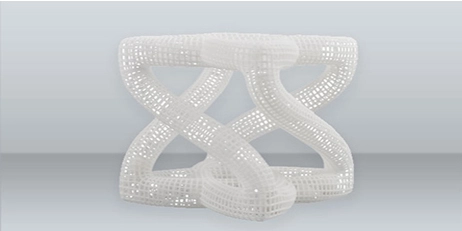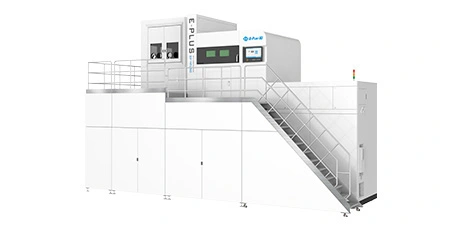
In recent years, due to the impact of COVID-19, the cost of international freight costs has increased year by year, the risks of international logistics have also rose, which leads to the rising risk of supply chain interruption. A new way needs to be found to change the traditional supply chain approach.
Although 3D printing cannot be compared with the scale economy benefits brought by the traditional mass supply chain, 3D printing technology is becoming more powerful and reliable as time goes on. It complements supply chain and is deeply promoting the transformation and upgrading of supply chain. In the whole traditional supply chain, from production and manufacturing to logistics and warehousing, 3D printing is increasingly recognized, accepted and applied.
Production:
Through 3D printing technology, enterprises can realize self production of the originally outsourced supply chain through simple and professional operation software, which can effectively save customers' time and money, reduce the chances of mistakes in production.

Cage Implants printed by EP-M260 without outsourcing the production to a 3rd party
Manufacturing:
3D printing can design irregular geometry more efficiently by generating design patterns, so as to improve the structural performance of products, promote the optimization of cost, quality and production cycle, and greatly simplify the supply chain and quality control of complex components.

Cupping Injection Molds with conformal cooling channels printed by EP-M26
Logistics:
One of the main advantages of 3D printing is that it supports the local manufacturing, it will reduce transportation activities, thus reduce the reliance on global supply chain. Parts can be stored as digital files and easily sent around the world for downloading and printing as needed.
Warehousing:
3D printing also allows manufacturers to produce parts quickly whenever needed, reducing the needs for inventory and overproduction.
With the popularization of industry 4.0 technology, 3D printing will revolutionize the current complex traditional supply chain model and bring unexpected changes to the whole industry.


























